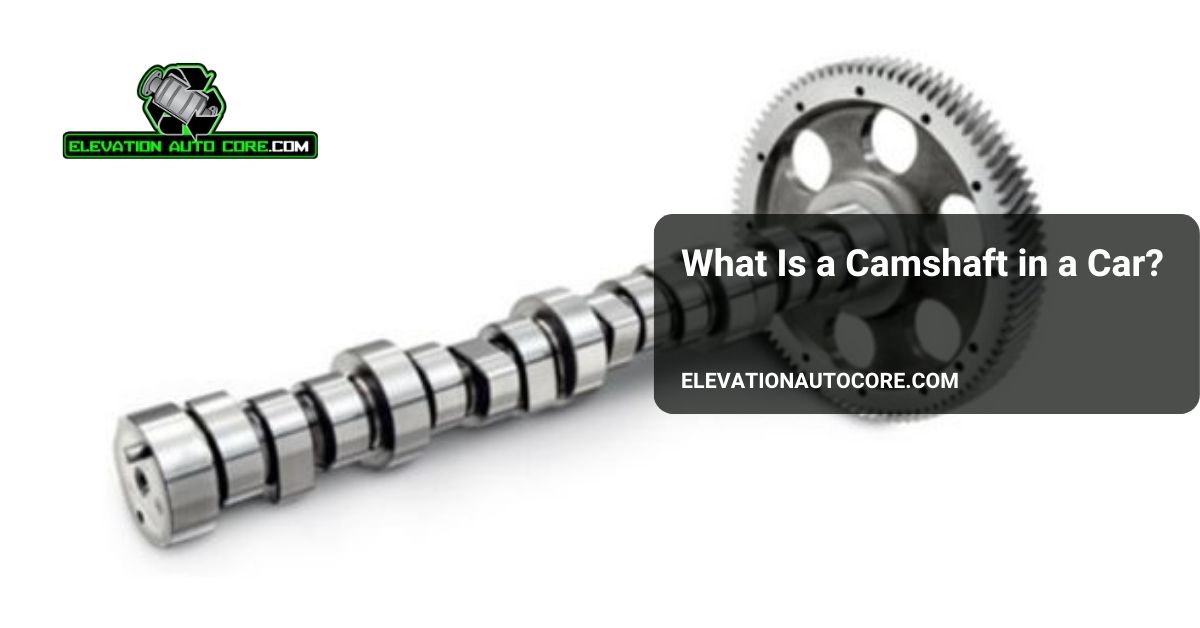What is a camshaft in a car, and why does it matter? This crucial engine component controls the timing and movement of your vehicle’s valves, ensuring everything runs smoothly. Understanding how it works can help you appreciate your car’s performance and spot potential issues before they escalate. Keep reading to uncover the role of the camshaft and its impact on your engine.
What Is A Camshaft In A Car?
A camshaft is a rotating cylindrical rod essential for an engine’s operation. It controls when and how the engine’s intake and exhaust valves open and close. Located in either the cylinder head or the engine block, its position depends on the engine design.
The camshaft uses precisely designed lobes, or cams, to push against lifters or rocker arms. This action ensures accurate valve movements that align with the engine’s combustion cycle. Timing is critical because valve opening and closing impact air and fuel intake, as well as exhaust expulsion.
Modern cars often have overhead camshaft designs, reducing mechanical complexity. Dual overhead camshaft setups, for example, enhance performance by improving valve control in high-performance engines. In contrast, single camshaft systems prioritize simplicity and cost-effectiveness.
Materials such as cast iron or billet steel are commonly used for camshaft construction, improving durability. Variations like hydraulic or solid lifters interact with the camshaft differently, further optimizing engine efficiency.
The Function Of A Camshaft
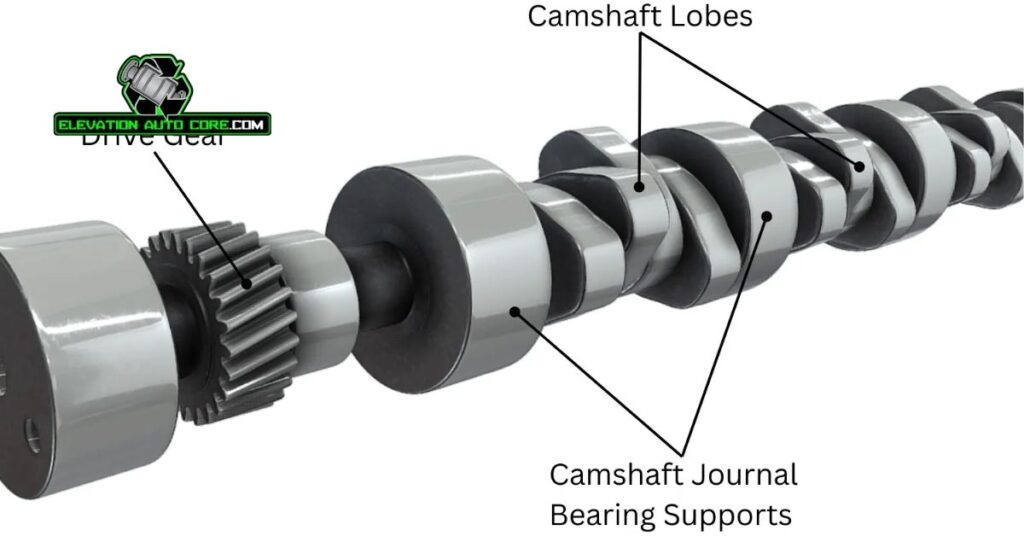
A camshaft plays a vital role in managing your engine’s internal operations. It ensures precise coordination of valve movements to optimize the combustion process.
Controlling Valve Timing
Valve timing determines when intake and exhaust valves open or close during the engine cycle. A camshaft uses its lobes to manage this timing, aligning valve movements with piston motion. Incorrect timing impacts combustion efficiency and could reduce engine performance.
Overhead camshaft designs provide higher accuracy in valve timing by positioning the camshaft above the valves. Dual overhead camshaft setups further enhance this, improving high-speed operation and power output. Single camshaft systems remain practical for simple designs, balancing timing effectiveness with cost.
Facilitating Engine Performance
Accurate camshaft operation enhances airflow control within the engine. Valve movement regulated by the camshaft affects how efficiently air mixes with fuel and how smoothly exhaust gases exit. Improved airflow directly contributes to better power delivery and fuel efficiency.
High-performance engines often rely on specialized camshaft configurations to maximize output. These designs allow finer control over higher RPM ranges, ensuring the engine maintains power without compromising reliability.
Types Of Camshafts
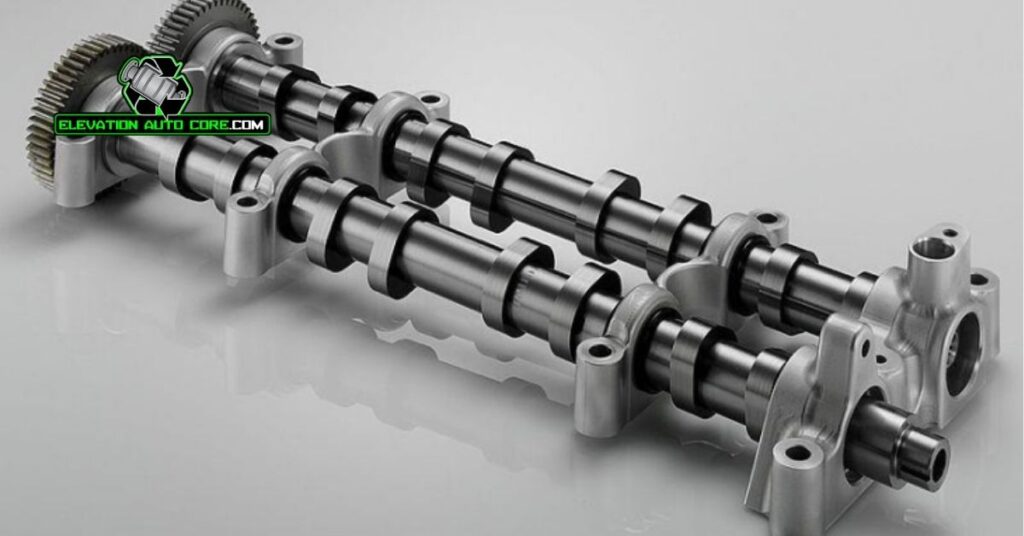
Camshafts are classified based on their placement and design, impacting engine performance and complexity. Each type offers distinct characteristics suitable for different vehicle requirements.
Single Overhead Camshaft (SOHC)
This configuration uses one camshaft per cylinder bank to operate both intake and exhaust valves. Positioned above the cylinder head, it reduces moving parts compared to pushrods, improving reliability. SOHC designs support simpler engines and offer easier maintenance. Common in economy cars, they focus on balancing cost and efficiency.
Double Overhead Camshaft (DOHC)
DOHC setups feature two camshafts per cylinder bank, allowing separate control for intake and exhaust valves. This design improves valve timing precision and increases airflow, which boosts power and efficiency. Found in high-performance and modern vehicles, DOHC systems enable higher RPMs and advanced technologies like variable valve timing.
Pushrod Camshaft
Pushrod camshafts are located within the engine block and use rods to transfer motion to the overhead valves. Often seen in traditional American cars and trucks, they prioritize simplicity and durability. Although they limit RPM capabilities, pushrods offer compact engine designs and provide ample low-end torque ideal for heavy-duty applications.
How Camshafts Work
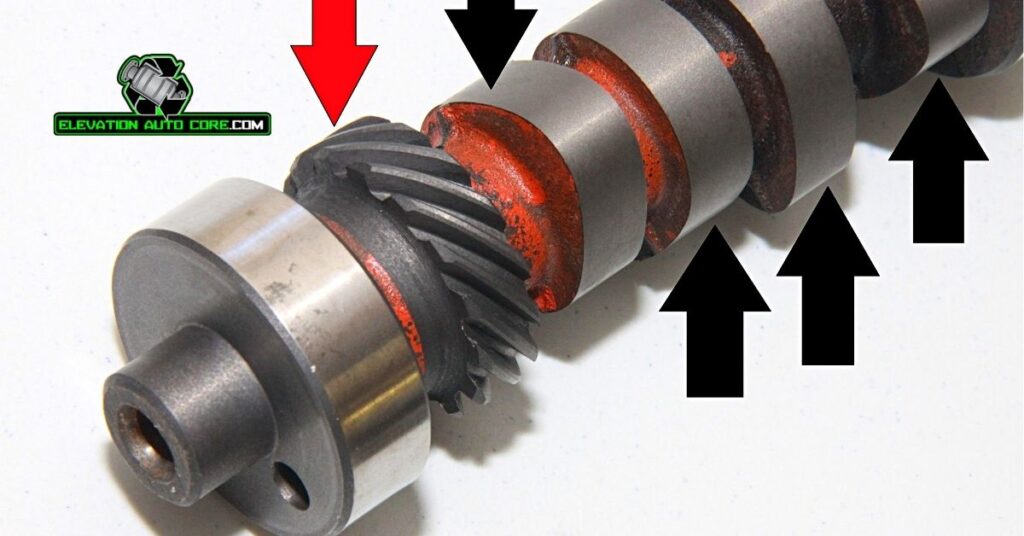
Camshafts coordinate the opening and closing of the intake and exhaust valves, directly influencing engine efficiency. Their interaction with the valvetrain and impact on the combustion process define their significance in engine performance.
Interaction With Valvetrain
Camshafts connect to the valvetrain to control valve movements. Each lobe on the camshaft pushes against lifters, which transfer force to rocker arms. These rocker arms either open the intake or exhaust valves. Timing here is precise, as improper execution can disrupt airflow and damage performance. In an overhead camshaft system, the camshaft stays directly above the valves, reducing mechanical losses. Pushrod engines, but, rely on rods to transfer motion, which increases complexity but maintains simplicity in traditional design.
Advanced systems such as hydraulic lifters adjust automatically to reduce noise and wear, further improving efficiency. Solid lifters, on the other hand, deliver higher precision, making them ideal for high-performance setups. These interactions ensure optimal synchronization between camshaft motion and valve operation.
Role In Combustion Process
The camshaft’s function dictates airflow into the cylinders and exhaust release timing. This control directly affects how efficiently fuel burns during combustion. Intake valves open to let in the air-fuel mixture, while exhaust valves expel combustion byproducts. These movements occur in perfect harmony with crankshaft rotation, ensuring each cylinder operates within its designated cycle.
Engines with variable valve timing adjust camshaft positions to optimize performance across different RPM ranges. High RPM situations demand precise valve control to maintain power output without sacrificing durability. Efficient combustion processes not only enhance engine power but also reduce emissions and improve fuel economy.
Signs Of A Camshaft Problem
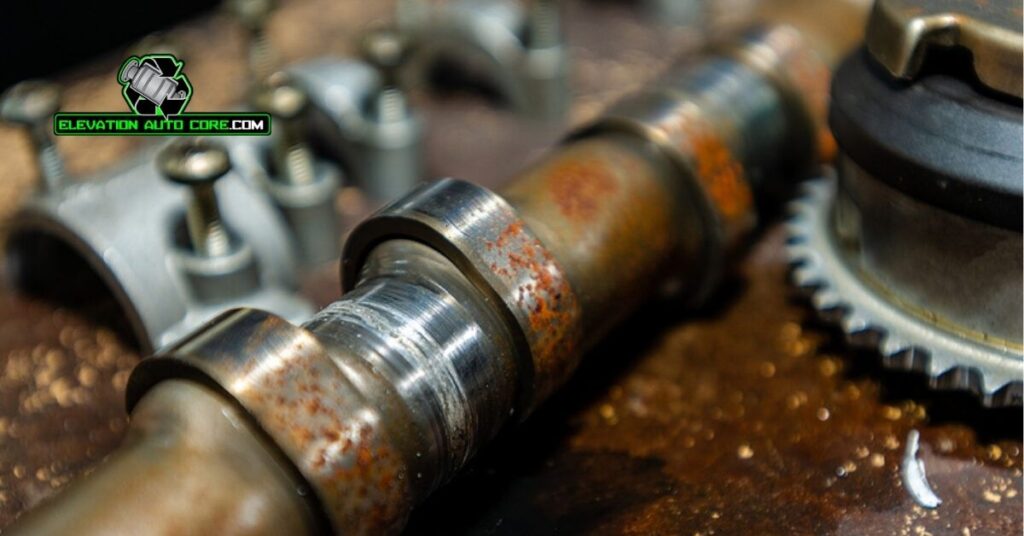
Recognizing camshaft issues early can prevent extensive engine damage. Faulty camshafts disrupt engine performance, reducing efficiency and reliability.
Common Symptoms
Unusual noises like tapping or ticking often signal camshaft wear. These occur when the camshaft lobes or related components deteriorate. Poor acceleration or frequent misfiring may indicate improper valve timing caused by camshaft issues. You might also notice a reduction in power output, especially during higher RPMs.
Check engine warning lights often illuminate when camshaft sensors detect irregularities. Inconsistent idling or stalling can occur if valves don’t open or close as intended. Excessive exhaust emissions or smoky exhaust may result from improper airflow and incomplete combustion linked to faulty camshaft operation.
Impact On Engine Health
Prolonged camshaft problems negatively affect overall engine health. Improper valve timing disrupts combustion cycles, resulting in unburned fuel and reduced efficiency. Consistent misfires lead to stress on internal components, accelerating wear. Over time, a malfunctioning camshaft can contribute to severe engine damage, requiring costly repairs or replacement.
Low fuel efficiency frequently accompanies camshaft issues, as the engine compensates for irregular combustion. Damage to related components, like lifters or bearings, often follows, compounding repair needs. Sustained performance degradation underscores the importance of addressing camshaft problems promptly.
Conclusion
Understanding the camshaft’s role in your car’s engine gives you valuable insight into how your vehicle operates. This knowledge not only helps you appreciate the engineering behind your car but also equips you to identify potential issues before they escalate.
A well-functioning camshaft ensures your engine runs smoothly, delivering optimal performance and efficiency. By staying informed about its importance and addressing any signs of trouble early, you can maintain your car’s reliability and extend its lifespan.

